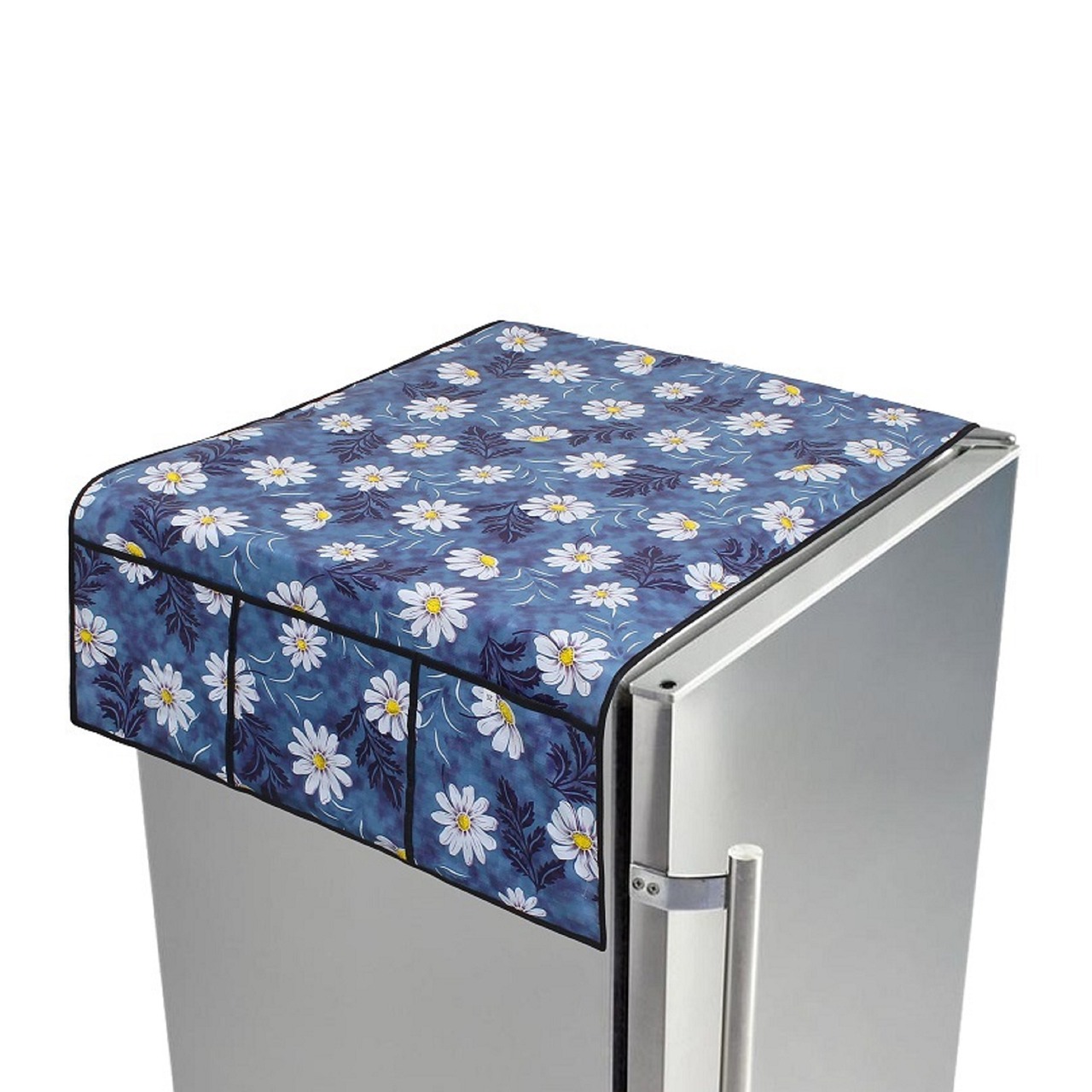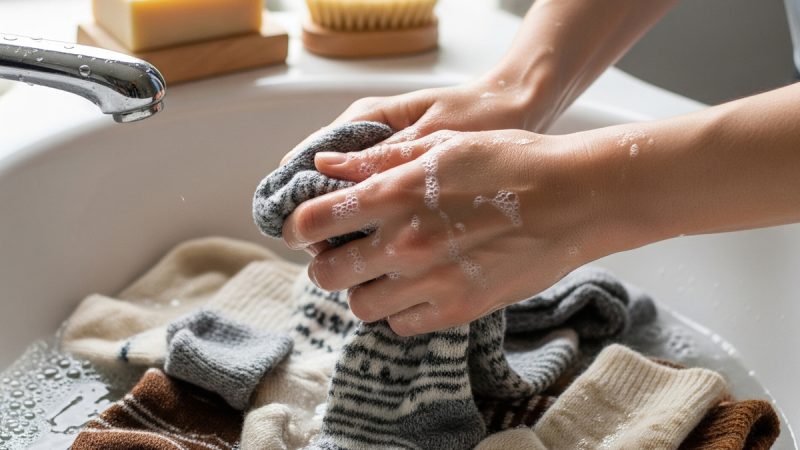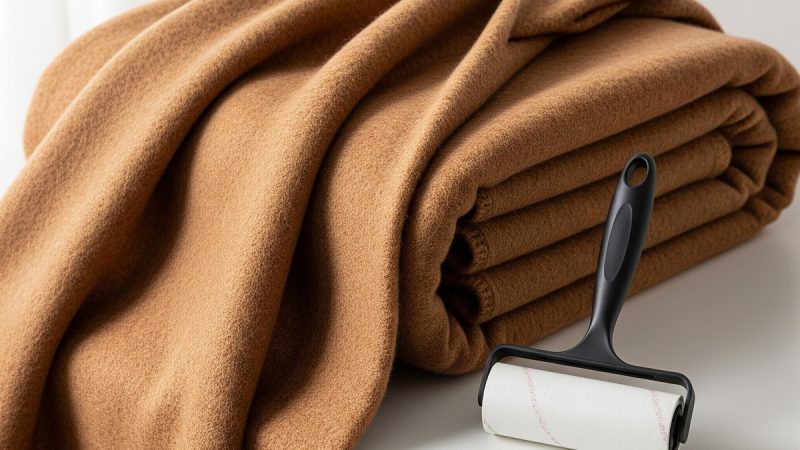Refrigerator Cleaning

Refrigerator Cleaning.
Freezer – Cleaning
Clean interior during annual defrosting. Remove food and store in cooler chests or boxes insulated with thick sections of newspapers or blankets, or in the refrigerator. Use a fan directed toward frost to loosen it, and remove. Wash inside with warm water solution of mild detergent or baking soda; rinse; wipe dry as possible. Vacuum dust off condenser coils. Turn freezer back on and replace food.
When needed, wipe outside with a damp cloth; if spill will not come off, use detergent solution and rinse off. If exterior is synthetic paint (not porcelain enamel), occasionally apply a creamy white appliance wax to exterior for protection of surface and easier removal of spots.
Refrigerator – Cleaning
Clean refrigerator compartment regularly, even though it does not require defrosting. Turn it off and unplug. Remove all food and removable interior parts. Wash with a solution of 1-2 tablespoons baking soda in 1 quart warm water. Rinse and wipe dry. Wash removable glass shelves and plastic parts in warm detergent solution, rinse and wipe dry. Do not put either glass or plastic in hot water; they may crack, especially if cold. Clean door gasket with detergent solution; rinse and dry.
Occasionally clean freezer compartment following manual instructions.
Wash exterior of cabinet with detergent solution; rinse and dry. A creamy appliance wax may be used occasionally to protect painted exterior and make spots easier to wipe off.
Wipe up spills in the refrigerator promptly to avoid staining and odors.
Several of the plastics used for interior parts of the refrigerator are easily stained by berries, fruits, and other colored foods and absorb and retain odors. So tightly wrap or cover stored foods and remove “old” foods before they spoil.
These plastics may soften at high temperatures so never put boiling or hot water in them. They may be damaged by various household chemicals, so never use cleaning waxes, spray-on cleaners, concentrated chlorine bleach on them. Follow your manual directions for cleaning the different plastic drawers, shelves, etc. If you do not have a manual, be safe by using a mild detergent (a hand-dishwashing liquid) and lukewarm water solution, or a baking soda and water solution for cleaning. NEVER use abrasives like scouring powder or scouring pads, as these plastics are easily scratched.
Occasionally vacuum (or brush) dust from condenser, usually under the front bottom grille (see manual for location and directions). Also at the same time, wash the plastic pan which collects water from automatic defrosting and replace it in the same location.
Unpleasant odors develop, either from improper storage of food or from spoilage.
Removing Refrigerator and Freezer Odors
Odors may be caused by food left too long, “strong” foods not covered or packaged tightly,by a drip pan that needs cleaning, or by food spoiling when power goes off while the owner is away on vacation. A preventive measure is getting someone to check your home every day or so, or after a power outage in your area.
To remove odors:
1. Remove all items from refrigerator or freezer. Throw out any spoiled foods. Take out removable parts and wash them and door gasket with mild detergent in warm water. Rinse well and wipe dry.
2. Wash interior walls and door liner with solution of 1-2 tablespoonful of baking soda to 1 quart warm water, and wipe dry. Leave door open and let it air out well, with a fan directed toward inside, and opened windows if climate permits.
3. If odor still remains, try one or all of the following means of odor removal.
a. Spread baking soda out on shallow pans (like shallow glass casseroles, pie plates, or jelly roll pans lined with foil) and put pans on shelves to absorb odors, or on the bottom and in baskets f chest freezer. Leave open and unplugged.
b. Buy activated charcoal (which is specially treated to remove odor molecules from air) at home department store housewares sections, appliance store, or pet shop. Spread out on shallow pans and put on shelves of refrigerator. Turn refrigerator on low setting and run empty a few days so odors will be absorbed.
c. Spread cat litter in shallow pan in cabinet, turn on and run empty a few days. If odor is disappearing but is not all gone, replace old litter with fresh litter.
d. Pour several ounces imitation vanilla (not pure extract) in a shallow saucer, put on shelf and let run empty a few days.
e. Put fresh ground coffee in cereal bowls inside the refrigerator and let run empty several days. A slight coffee odor may remain, but will disappear after washing again with baking soda solution.
f. Pack each refrigerator shelf with crumpled newspaper. Set a cup of water on the top shelf or sprinkle the newspaper lightly with water. Allow refrigerator to run for approximately 5-6 days. This method takes a bit longer but has been effective in removal of strong odors.
g. Buy a commercial odor remover, and follow instructions exactly. Several companies manufacture a liquid concentrate which sells for about $3.00 for 1/4 to 1/2 ounce. A couple drops are put on a piece of cotton and placed in the area to absorb odors, in the cabinet or in a room.
Three of many brand names are: “Odor-Away” by Wrap-on Co., available at hardware and hospital supply stores, “SuperCD” IBL Household Products by Crackerbarrel Sales, Avenal, New Jersey, available in pet supply department or special products in grocery, or “Clean-Air” at some appliance repair shops.
Hospital supply stores carry Dow Chemical Hospital Disinfectant and Deodorant Spray. Spray into cabinet and quickly shut the door. Repeat.
4. If none of these methods removes all the odor, then it has probably penetrated into insulation. Contact an appliance service company for an estimate on cost of removing the liner and replacing the insulation. If cost is too high you may prefer to get a new appliance. It could be used for occasional cooling of soda pop where the odor will not get into the beverage.
WARNING! – If refrigerator cannot be salvaged and is discarded, remove the door or lid. to prevent deaths of children who may hide in the cabinet and suffocate.
The Author:
Anne Field, Extension Specialist, with credit to MSU Extension








